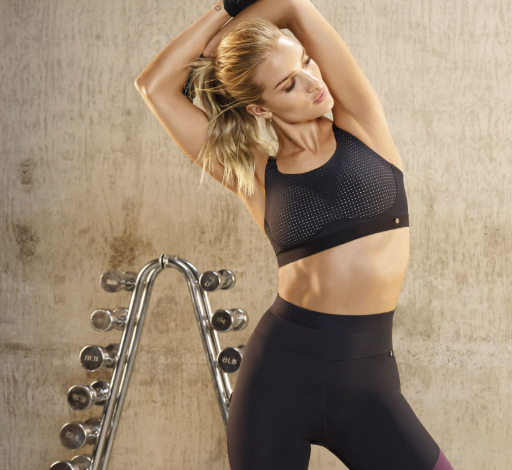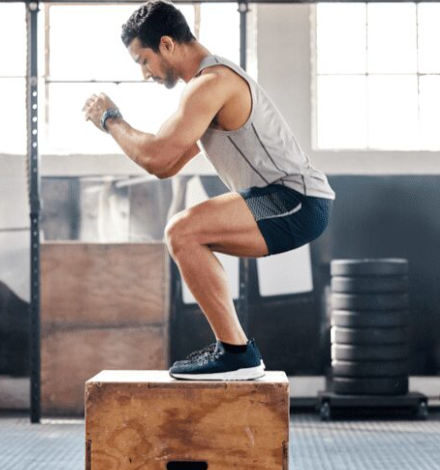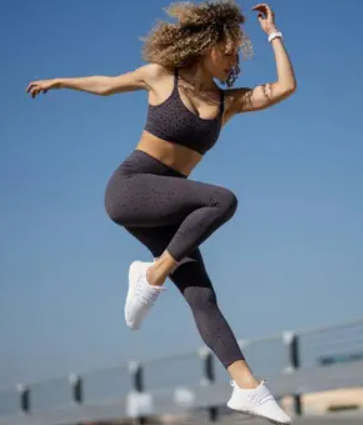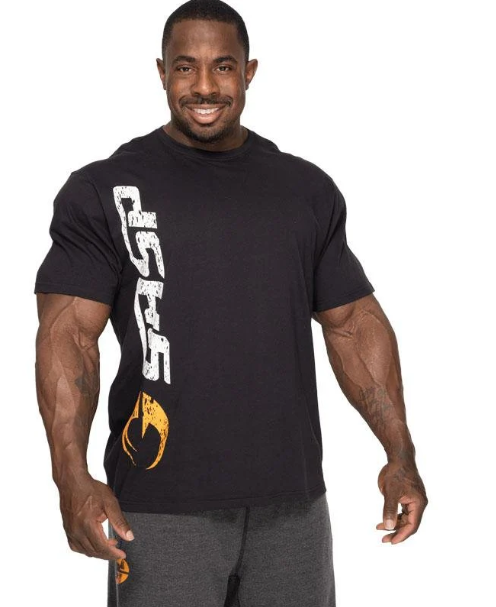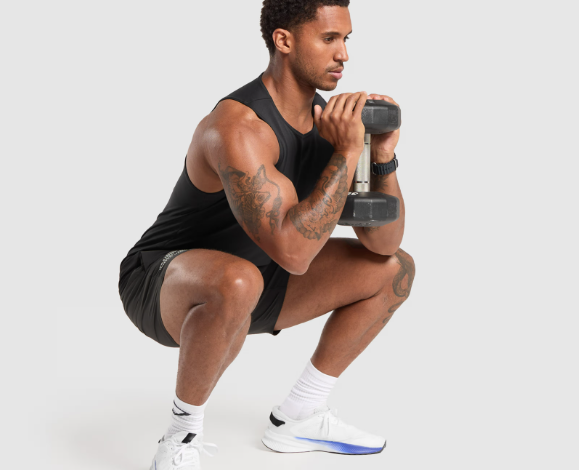
Does Layering Improve Cardio Performance?
When it comes to dressing for a cardio workout, there are a variety of choices. You could go with just a T-shirt and shorts, opt for a single thick layer, or dress in multiple layers. More often than not, the layered approach proves to be the most effective for both comfort and performance.
Why One Layer Might Not Be Enough
Starting a workout in just one layer, like a gym T-shirt and shorts, can leave you feeling cold. This not only affects your motivation but also means your muscles are starting off cold, which can hinder performance and increase the risk of injury. On the other hand, if you choose a thick, single layer like a tracksuit, you may start warm but quickly overheat as your workout progresses, leading to excessive sweating and discomfort. This can cause you to cut your workout short if the heat becomes unbearable.
The Benefits of Layering
Layering your clothing requires a bit more effort and planning but offers distinct advantages during your workout. Begin with snug-fitting, stretchy undergarments like compression wear, which provides support and flexibility. The next layer consists of your regular workout gear, such as shorts and a top, adding insulation without compromising comfort. Over this, add a light jacket or warm-up layer with a zipper and hood, allowing for easy adjustments as your body temperature changes. If you’re working out outdoors in cold weather, an outer layer made of windproof or waterproof material, along with a hat and gloves, can further protect against the elements.
Adjusting Layers as You Warm Up
One of the key benefits of layering is the ability to start your workout feeling warm and comfortable, then shed layers as you heat up. This allows you to maintain optimal performance without distractions from feeling too hot or too cold. If your temperature is well-regulated, you can focus solely on your workout. As you cool down, simply add layers back on to avoid getting too chilly.
Avoid Trying to Sweat Off Fat
A common misconception is that sweating more during a workout helps you burn fat faster. While heavy sweating leads to temporary weight loss, it’s important to remember that this weight is just water, which will be quickly replenished once you hydrate. The goal of layering should be to keep your body at a comfortable temperature, not to try and sweat off excess fat. Overheating can actually limit your performance and make the workout less effective.
Conclusion
For optimal performance and comfort, layering your clothing during cardio workouts is the way to go. Typically, two or three layers are sufficient, but in colder or wetter conditions, you may need additional protection. Adjust your layers as needed to keep your body temperature in check, allowing you to focus on your workout without discomfort.

